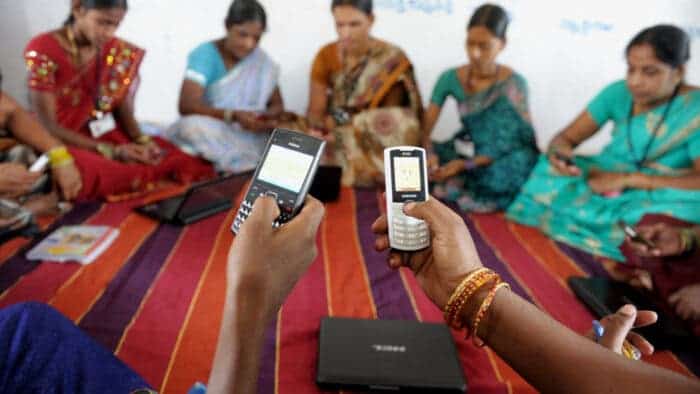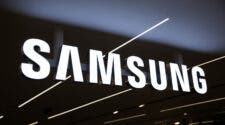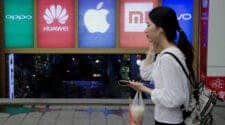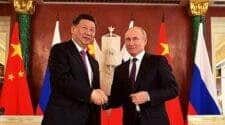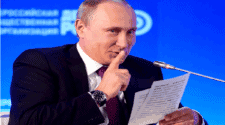Since the commencement of the conflict between Russia and Ukraine, there have been a lot of irregularities in Russia. The pulling out of major European and American companies means that the Russian smartphone market is wide open for taking. Well, Chinese brands are not taking any chances. They are swiftly, rapidly and vigorously claiming the Russian smartphone market. According to the Russian media, Kommersant, citing MTS data, Chinese smartphone brands are far more popular in the Russian smartphone market than Apple and Samsung. The data shows that in July, Xiaomi (including its sub-brand POCO) led the market share among many smartphone peers in Russia.

In July, Xiaomi and its sub-brand POCO combined accounted for 42% of the Russian smartphone market, ranking first in terms of sales volume. The second place is Realme, whose sales in July accounted for 17% of the Russian smartphone market. This is an increase from 13.4% in the previous month. In third place, we have Samsung with a plunging market share (from 10.9 in June to 8.5%). In the fourth position is Transsion Holdings Tecno with a 7.5% market share. Apple is a distant fifth with a 7% market share, down from 9.7 in June.
Russian smartphone market is booming
According to the sales calculation, Xiaomi (+POCO) has the top spot, accounting for 35%. In the second position is Apple, which occupies 25% of the market. Realme is in the third position with 12.5% market share while Samsung is fourth with 11% market share. Tecno (Transsion) is fifth, accounting for 4% market share. In addition, MTS data also shows that Russia sold a total of 2.3 million smartphones worth 36.7 billion rubles ($590 million) in July. The average price of a unit is 16,100 rubles ($259), a drop of 6%.
The supply of Apple and Samsung smartphones in Russia is now 80-90% lower than before March this year, and everyone knows the reason for this. Analysts at Marvel Distribution predict that the share of A-grade brands (high-end category equipment) may drop below 10% this year. This is due to poor supply from parallel imports.

